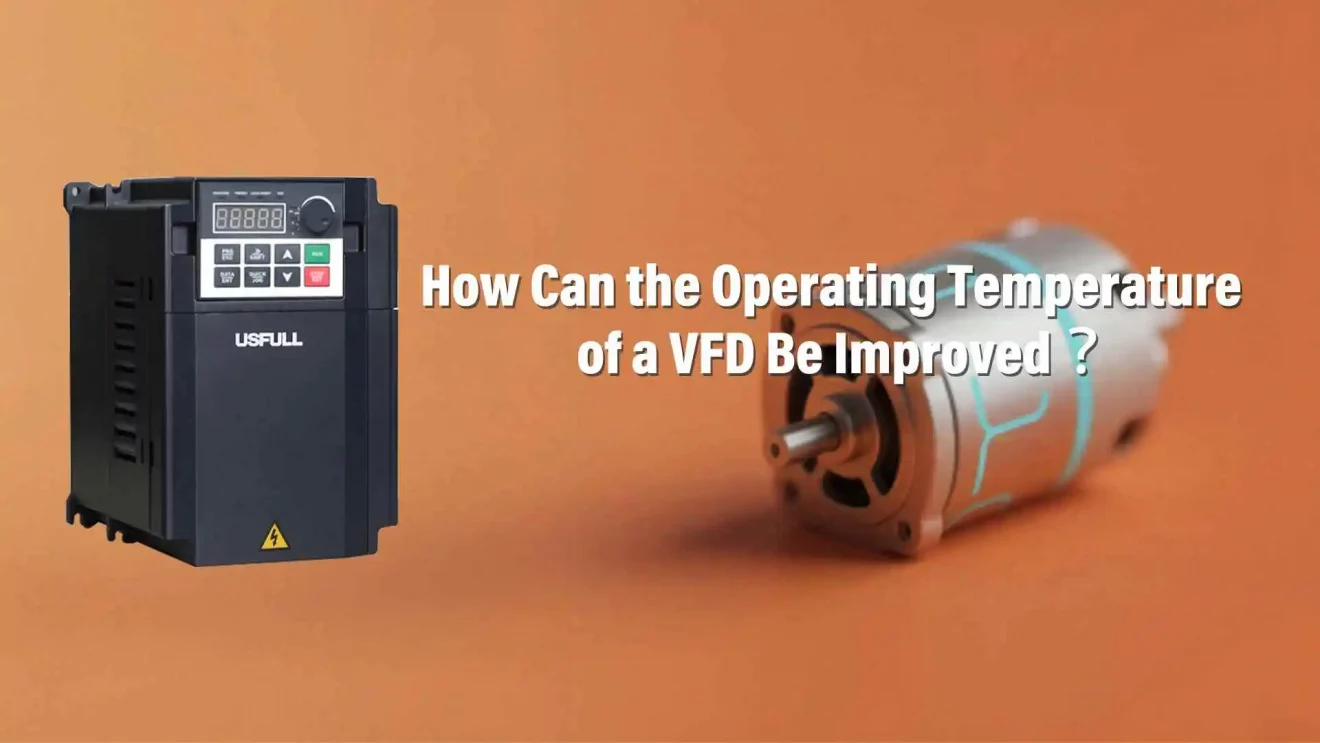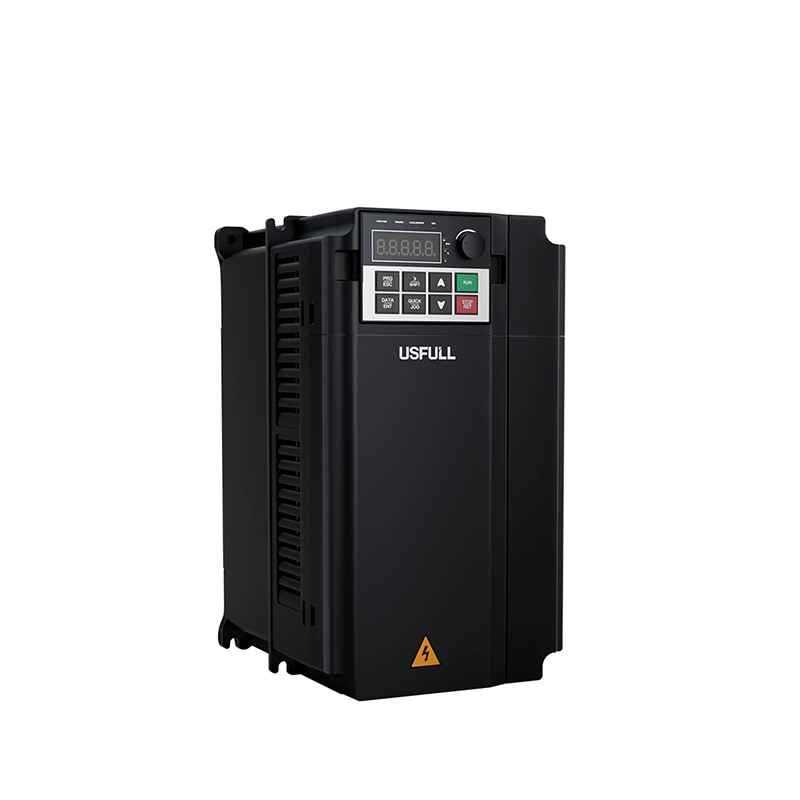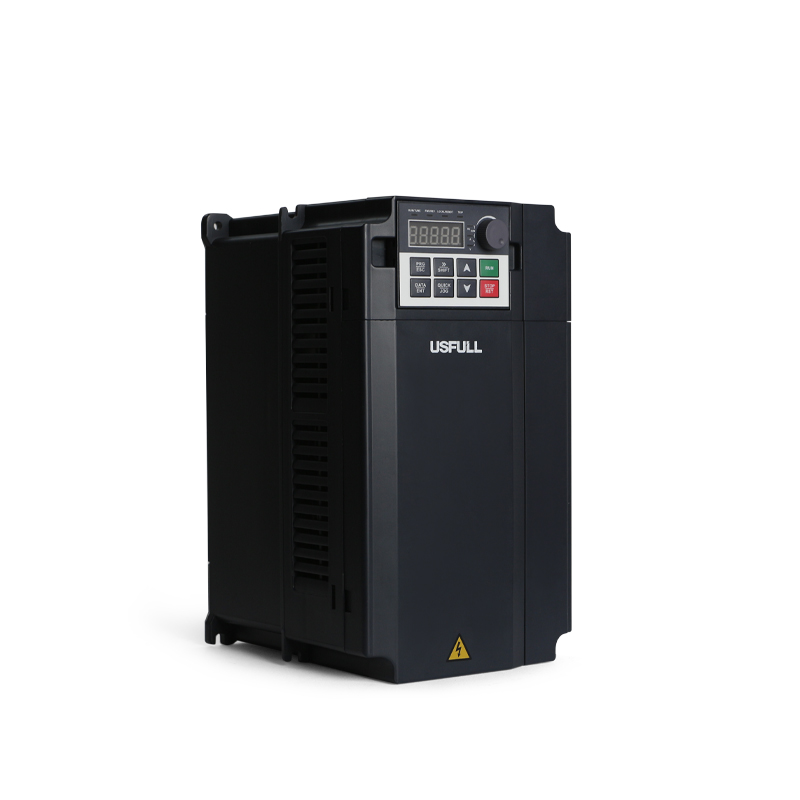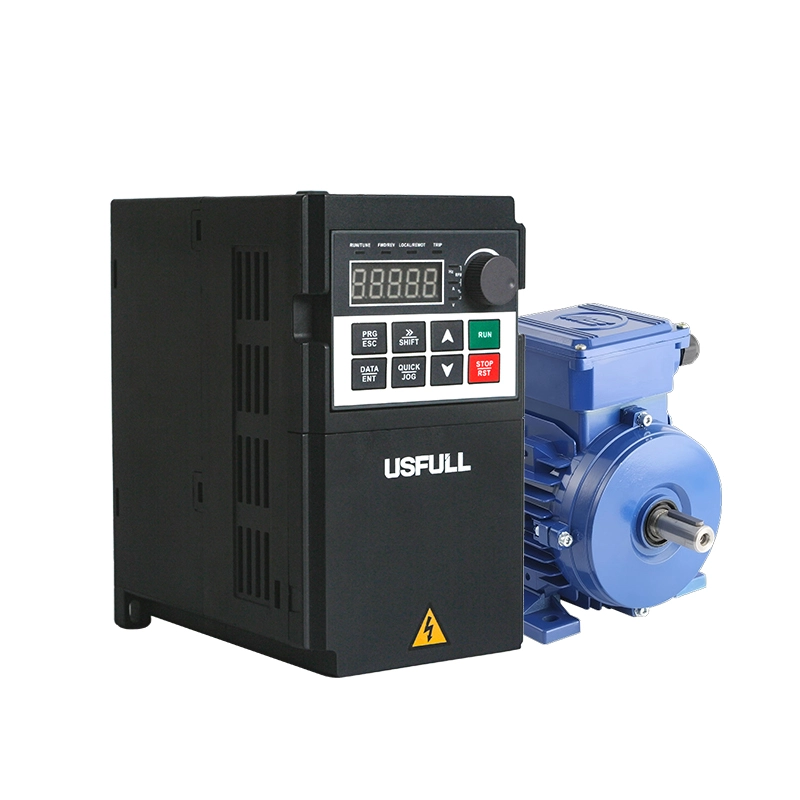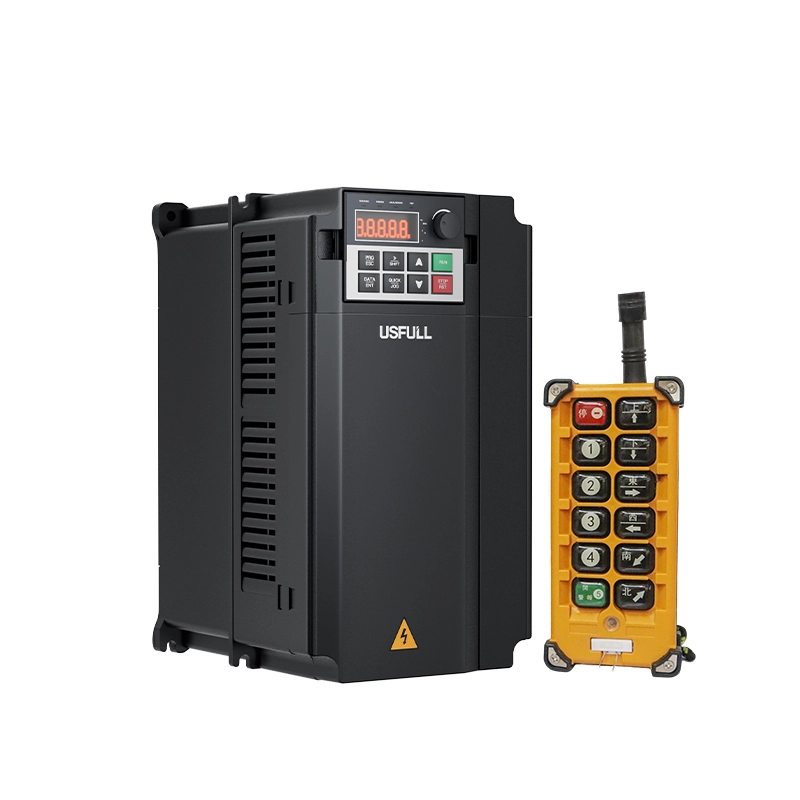When choosing a motor control solution, many buyers mistakenly pair VFDs with DC motors—leading to system failures, wasted budgets, and missed project deadlines. Choosing the right control device solves this.
A Variable Frequency Drive (VFD) cannot be used with a DC motor. VFDs—also known as frequency inverters or variable frequency inverters—are specifically designed for AC motors and are incompatible with DC motor control requirements.
Confused about VFD compatibility? Don’t worry—we’ll explain everything you need to know.
Is VFD Used in AC or DC?
A Variable Frequency Drive (VFD), also referred to as a frequency inverter or inverter VFD, is used exclusively with AC motors. The primary function of a VFD is to vary the frequency and voltage of AC power supplied to a motor, thus adjusting its speed. This technology forms the backbone of most modern motor control systems, especially in industrial automation, HVAC systems, and water pumping applications.
DC motors operate on a different principle. They require a constant direct current (DC) and are controlled by varying the supplied voltage or current—not frequency. Since DC power does not have a frequency component, VFDs are fundamentally incompatible with DC motors.
Therefore, if you’re working with a DC motor, you need a DC drive, not a VFD. Using a VFD on a DC motor won’t work and could cause equipment damage or system failure. For this reason, it’s crucial to choose the right technology depending on the motor type you’re using.
| Aspect | AC Motors with VFD | DC Motors |
| Speed Control Method | Vary Frequency & Voltage | Vary Voltage or Current |
| Power Type | Alternating Current | Direct Current |
| VFD Usage | Yes | No |
| Control Device | VFD | DC Drive |
What Type of Motor Can Use a VFD?
A VFD—also known as a Variable Speed Drive (VSD)—is compatible primarily with three-phase AC induction motors, especially squirrel-cage motors. These motors are designed to operate efficiently under varying frequency and voltage conditions, which makes them ideal candidates for VFD control.
Additionally, some synchronous AC motors can be used with VFDs, provided they are specifically built to handle variable frequency input. These are often found in high-precision applications like printing presses, conveyor systems, or robotics, where consistent and synchronized speed is essential.
On the other hand, single-phase motors are generally not recommended for VFD use due to their starting mechanisms (e.g., capa/citors), which do not interface well with the inverter’s output. While there are specialized VFDs for single-phase motors, their application is limited and often inefficient.
DC motors, as discussed, are entirely incompatible with VFDs. They require DC drives designed to regulate voltage and current rather than frequency.
To summarize, if you’re sourcing motors for industrial automation, HVAC, or solar pumping, stick with three-phase AC motors and ensure you’re working with a reliable VFD manufacturer in China like USFULL to guarantee compatibility and performance.
| Motor Type | VFD Compatible | Notes |
| Three-phase AC Induction | Yes | Most common with VFDs |
| Synchronous AC Motors | Yes | If designed for VFD use |
| Single-phase Motors | Partly Yes | Limited applications; specialized VFDs needed |
| DC Motors | No | Require DC drives instead |
How Does a DC Drive Work?
Unlike a VFD, a DC drive controls a DC motor by varying the voltage or current supplied to its armature or field windings. This process allows for accurate control over the motor’s speed and torque.
There are three primary types of control methods used in DC drives:
Armature Voltage Control – Adjusts the voltage to the armature to regulate speed. This is effective below the base speed of the motor.
Field Current Control – Alters the magnetic field strength by adjusting the field current, allowing for speed control above the motor’s base speed.
Combined Control – Utilizes both armature voltage and field current adjustments for a broader range of speed control, suitable for precision applications.
DC drives consist of several components:
Rectifier to convert AC input to DC,
Controller to manage voltage/current output,
Feedback loop for speed accuracy,
Protection devices to ensure safe operation.
DC drives are ideal for applications requiring high starting torque, precise control, and consistent performance, such as steel rolling mills, elevators, and heavy-duty cranes. While not as widely used today due to the rise of VFDs, they remain critical in specific industrial settings.
When Should You Not Use a VFD?
While Variable Frequency Drives offer numerous benefits, they are not suitable for all applications. Here are key scenarios when a VFD—or frequency inverter—should be avoided:
1. Using a DC Motor
As emphasized earlier, VFDs are designed for AC motors. DC motors must be paired with DC drives, not VFDs. Attempting to use a VFD on a DC motor will result in failure or equipment damage.
2. Constant Speed Applications
If your application doesn’t require speed variation, installing a VFD might not be cost-effective. In such cases, simpler control methods like DOL (Direct-On-Line) starters or soft starters can perform just as well at a lower cost.
3. Small Motors
For small motors, the energy savings provided by a VFD may not justify the investment. You should perform a cost-benefit analysis before deciding to implement a VFD system.
4. Harsh Environments
Dust, moisture, and extreme temperatures can damage VFD components unless properly protected. In such environments, you may need IP-rated enclosures, adding to the total cost.
5. Power Quality Concerns
VFDs can introduce harmonic distortion into the power grid, leading to issues in sensitive electrical systems. This often requires mitigation measures such as harmonic filters or line reactors.
| Situation | Alternative Solution |
| Using DC Motors | Use DC Drives |
| Constant Speed Needed | Use DOL Starters or Soft Starters |
| High Costs vs. Benefits | Evaluate mechanical controls |
| Harsh Environments | Implement protective enclosures or alternative methods |
In summary, while a VFD or Variable Speed Drive is a powerful tool for motor control, it’s essential to understand where its use is inappropriate. Consulting with a trusted VFD supplier or VFD manufacturer in China like USFULL can help ensure optimal system design and equipment longevity.
Understanding the fundamental differences between VFDs and DC drives is critical for anyone involved in motor control. A variable frequency drive offers exceptional performance when used with compatible AC motors, but it cannot be used with DC motors. Making this distinction can prevent costly errors in system design and procurement.
For high-quality VFDs designed for industrial-grade applications, look no further than USFULL—a leading VFD manufacturer in China with deep expertise in frequency inverter solutions. Whether you’re sourcing for solar pumping systems, industrial automation, or energy-efficient HVAC, our VFDs deliver durability, precision, and performance trusted in over 90 countries.

